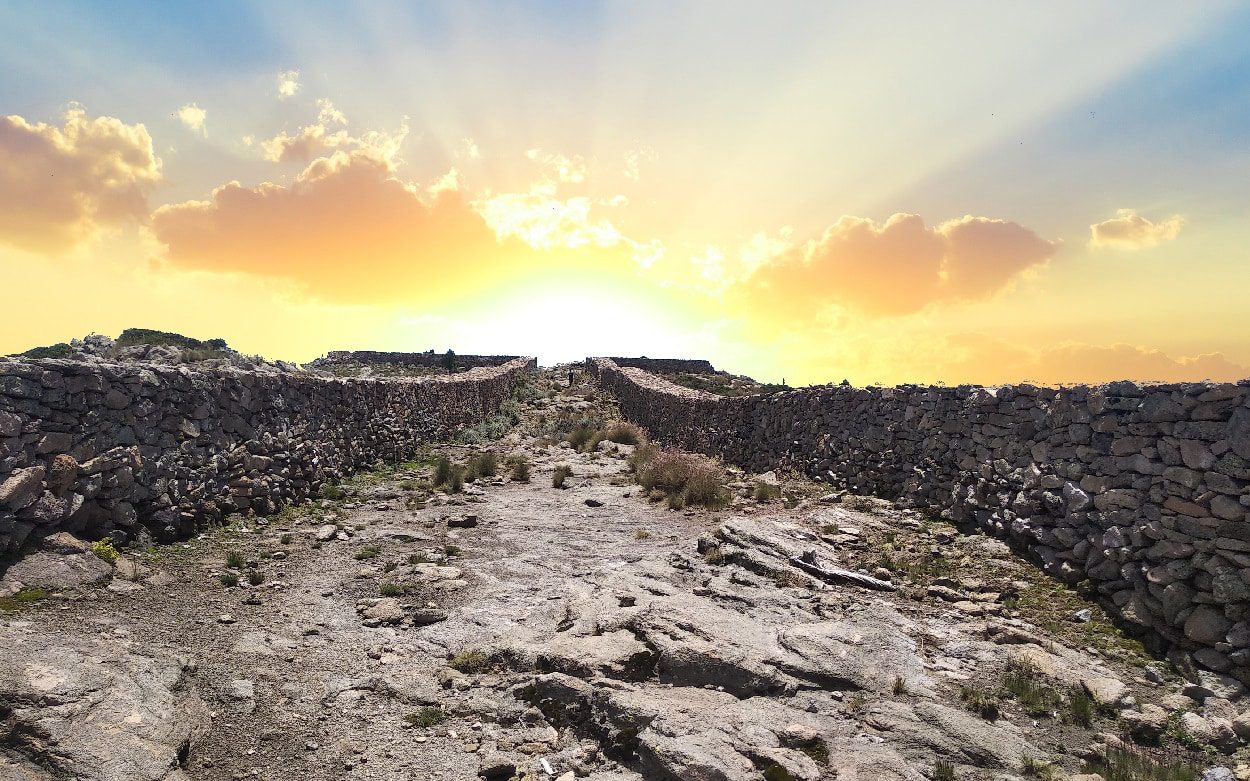Archaeologists have discovered that ancient inhabitants of the Basin of Mexico kept an accurate agricultural calendar using sunrise observatories and mountain alignments on Mount Tlaloc in Mexico.
In a study published in the Proceedings of the National Academies of Sciences (PNAS), archaeologists have found that a straight stone causeway on Mount Ttlaloc aligns with the rising sun on February 23rd/24th.
Mount Ttlaloc is an eroded stratovolcano, located in the State of Mexico, in the municipalities of Ixtapaluca and Texcoco.
The mountain was worshiped by the Aztecs, who associated it with the rain god Tlaloc as one of his earthly dwelling places, called Tlalocan.
Extravagant ceremonies, plentiful offerings, and the lives of young Mesoamericans were all offered to Tlaloc in order to appease him at the beginning of the rain season. Some scholars argue that Aztec temple pyramids are a symbolic representation of Mount Tlaloc, such as the central temple in the Aztec capital of Tenochtitlan.
A team led by archaeologist Exequiel Ezcurra, has conducted a study to identify horizon calendars, which notes the position of the rising (or setting) sun against geographical features along the horizon.
The researchers found that if an observer stands in the lower part of the stone causeway on Mount Tlaloc, looking upwards on the 23rd/24th of February, they will witness the sun riding exactly in the middle of the shaft.
Interestingly, in the Mexica New Year according to the Aztec calendar, the latest and more accepted date proposed by Professor Rafael Tena (INAH), based on the studies of Durán, Sahagún and Alfonso Caso (UNAM), suggests that the date of the new year occurs on the 23rd of February of the current Gregorian calendar.
The researchers state in their paper: “Many early codices seem to validate the working hypothesis that Mount Tlaloc was instrumental in the establishment of the date of the Basin’s new year and in the adjustments necessary to keep the agricultural calendar in synchrony with the solar year.”
Summarising their findings, the team commented: “Because of its position near the equinox, when viewed from the centre of the Basin, Mount Tlaloc seems to have played a very important calendric role.
The long causeway at the summit strongly suggests that the ceremonial structure was used as a solar landmark, aligning very precisely with the rising sun on February 23 to 24 and October 19 to 20. The same alignment is found if Mount Tlaloc is viewed from Mount Tepeyac, a holy site whose use as a sacred mount and solar observation post preceded the establishment of the Mexica civilization in the Basin.”
https://doi.org/10.1073/pnas.2215615119
Header Image Credit : Bodofzt – CC BY-SA 4.0





